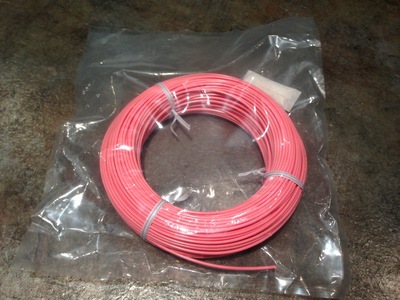While it’s easy to see a vast number of 3D printers emerging recently, there are some patterns beginning to emerge. Today we’re thinking about the business model.
Everyone is familiar with the Razor-blades business model: give away the razor, charge for the blades. But is this approach used in 3D printing?
Yes. And no.
Some manufacturers choose to charge for the “razor” – the 3D printer itself, and leave it to the operator to find inexpensive print materials. In fact, many machines are specifically designed for this outcome. They are materials-generic.
Other manufacturers choose a different approach: the devices are designed to use only specific materials, typically from that very manufacturer. With a monopoly on permitted materials, they are free to charge what the market will bear. Some commercial manufacturers charge dearly for not only the material but for the printer, too. You pay for the razor AND the blades.
Which is the right approach? It depends on your needs.
If you’re interested in achieving the lowest cost solution, then the “free razor blades” approach is your goal. On the other hand, if you value print quality and reliability over cost, then you should choose the other approach when selecting a manufacturer.
Wait a second, why are proprietary materials more reliable and of higher quality? Because the manufacturer has complete control over the entire process, from end-to-end. They can manipulate the chemistry of the materials very precisely to increase print quality and even reliability. Machines using generic materials do not have that advantage.
So, what is your choice? Razor or blades?


